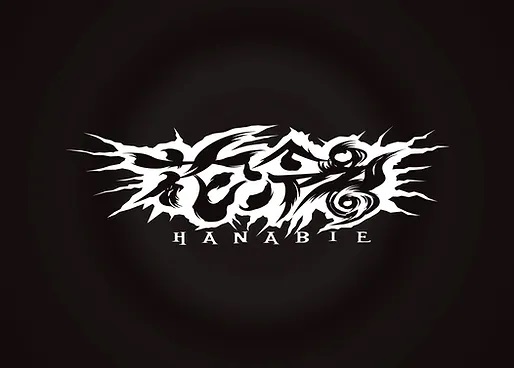- cross-posted to:
- europe@feddit.de
- cross-posted to:
- europe@feddit.de
cross-posted from: https://feddit.de/post/3849611
Denmark what the fuck are you doing
# 🇩🇰 1 en 2 to 3 tre 4 fire 5 fem 6 seks 7 syv 8 otte 9 ni 10 ti 11 elleve 12 tolv 13 tretten 14 fjorten 15 femten 16 seksten 17 sytten 18 atten 19 nitten 20 tyve 21 enogtyve (oneandtwenty) 22 toogtyve (twoandtwenty) 30 tredive 40 fyrre 50 halvtreds 60 tres (threes[core]) 70 halvfjerds (½fourths[core]) 80 firs (fours[core]) 90 halvfems (½fifths[core]) 92 tooghalvfems (twoand½fifths[core]) 100 hundred The 4½ = ●●●●◖ = [four +] ½fifth is not unique to Danish. In Czech, we say „čtvrt na osm“ (quarter to eight), „půl osmé“ (half of eighth) and „tři čtvrtě na osm“ (¾ to eight) to mean
19:15,19:30and19:45, respectively, so I kinda get it.
Similarly, in German, 🕢=„halb acht“.Dude their 4 is fire.
German “halb acht” only refers to time tho.
Ours too. Just giving another example of this counting principle to show it’s not confined to Danish numbers.
Germany and France are already stupid, but Denmark combines them and makes it even worse.
Yeah… This is not the right way Danes say it.
It’s not tooghalvfemsindstyvende
It’s more like toårhalfæms. Nobody says sindstyvende, only people who don’t know the language…
And ninety, halvfems, short for halvfemsindstyve or halv-fem-sinds-tyve, means “fifth half times twenty”, or “four scores plus half of the fifth score” [4½ * 20].
I think the Britons used scores as well for some time.
Yeah, this isn’t an excuse.
There’s an interesting nuance for Romanian. While talking formally, “Noua zeci si doi” (9 10s and 2) is perfectly fine, in informal speech most people just say “Noua-s doi” (9 'n 2).
I was pretty convinced this was a joke until I got to the comments.






